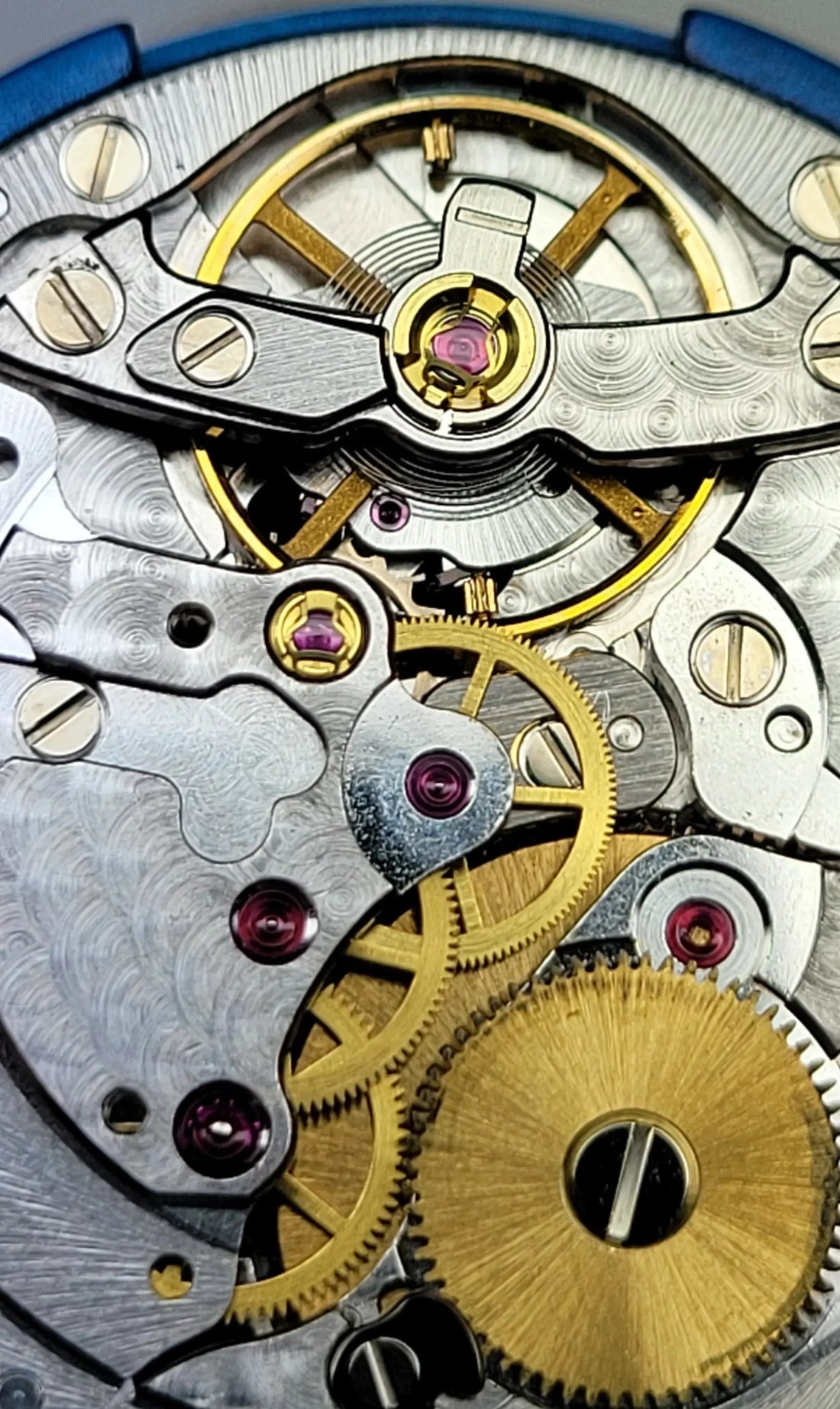A mechanical watch is a finely tuned instrument, crafted with precision to keep time reliably. However, like any machine, it requires regular maintenance to function optimally. Many watch manufacturers and experts recommend servicing a mechanical watch every 3 to 5 years to prevent long-term damage and ensure accuracy. But why is this interval so crucial?
1. Watch Oils Dry Out Over Time
Mechanical watches rely on specialized lubricants to reduce friction between moving parts. These oils ensure that gears, pivots, and escapements run smoothly with minimal resistance. However, after about 3 years, these lubricants start to dry out and lose their effectiveness.
When the oil is no longer providing proper lubrication, friction increases, leading to higher resistance and wear on critical components. This results in:
A loss of accuracy, as parts no longer move as freely as they should.
Increased strain on the movement, making it work harder than necessary.
The risk of metal-on-metal contact, which can lead to more severe damage.

2. Running Dry Can Cause Costly Damage
If a watch continues running with dried-out or insufficient lubrication, its components will begin to grind against each other, leading to excessive wear and even breakage. Some key risks include:
Worn-out pivots and gears – These delicate parts can develop grooves or deform, leading to irreversible damage.
Escapement wear – The heart of a mechanical watch, the escapement, is particularly vulnerable to running dry. A worn escapement can cause erratic timekeeping or complete failure.
Increased service costs – A routine service involves cleaning and re-lubricating parts, but if excessive wear occurs, replacement parts may be needed, significantly increasing repair costs.
Regular servicing ensures that worn-out oils are replaced before they cause damage, keeping the movement running smoothly.

3. Accuracy and Performance Decline
A well-maintained mechanical watch should keep time within its designated accuracy range, whether it's a COSC-certified chronometer or a standard movement. However, as friction increases due to dried-out oil and worn parts, the watch may start:
- Gaining or losing time excessively
- Stopping intermittently
- Failing to wind efficiently
Ignoring these signs could result in complete movement failure, requiring a full overhaul or even part replacements that could have been avoided with timely servicing.

4. Preventative Maintenance Saves Money in the Long Run
Some watch owners delay servicing because they assume that as long as the watch is running, it’s fine. However, waiting too long can lead to damage that turns a simple maintenance job into an expensive repair.
A routine service every 3 to 5 years includes:
- Disassembling and cleaning the movement
- Replacing lubricants to ensure smooth operation
- Checking for wear and replacing small components if necessary
- Regulating accuracy to restore precision
By servicing on schedule, you avoid major repairs, extend the lifespan of your watch, and keep it running accurately for decades.

Conclusion
A mechanical watch is an investment, often with sentimental or monetary value. Servicing it every 3 to 5 years is not just a recommendation—it’s a necessity. By keeping the movement properly lubricated and free from excessive wear, you preserve its accuracy, reliability, and longevity.
If your watch is nearing the 3-year mark since its last service, consider getting it checked by a professional watchmaker to ensure it continues running flawlessly for years to come.
📖 Read more articles from Sevan. Co- Founder of Trillium Watch Service








